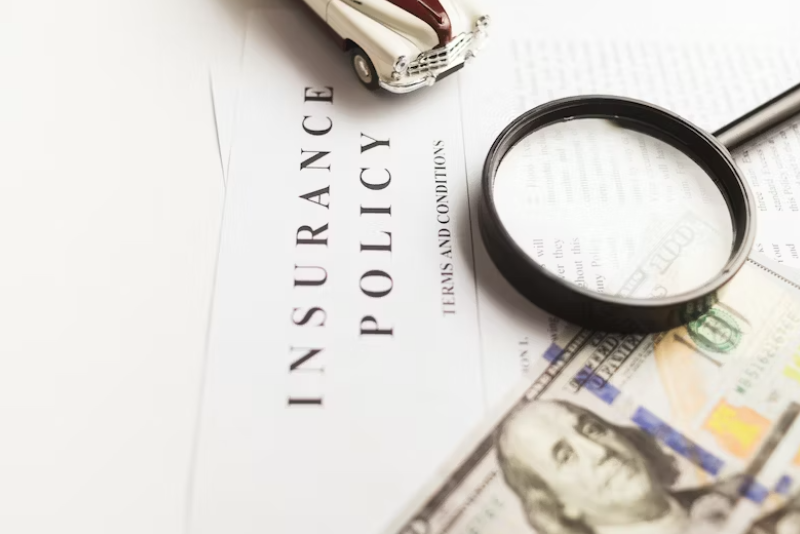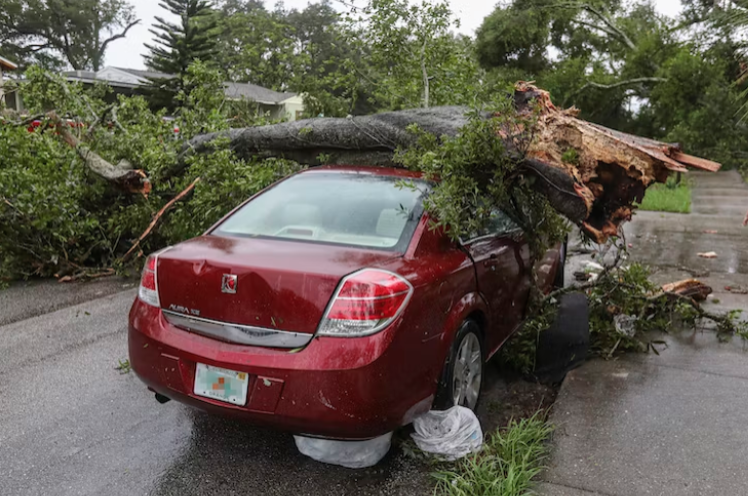How do you feel about car insurance? Is the thought of renewing your insurance or becoming a first time policy owner causing you to lose sleep at night?

To most of us, it’s a necessary evil…. we have to have it, and just hope we never have to use it. Since it is a necessity, let’s first talk about cost. Why have car insurance premiums increased?
So, you haven’t purchased a new vehicle and you’re a safe driver, yet your insurance increased; here are a few reasons why that may be:
- Inflation. According to the U.S. Bureau Labor of Statistics, the consumer price index for all urban consumers increased 6.4% from January 2022 to January 2023. The Bureau also reports that insurance premiums are on the rise as well, and are not forecasted to go down for the remainder of 2023.
- Increase in Car Repairs. Insurance companies are experiencing a high loss ratio. Car maintenance and repair costs have risen as well, one particular contributing factor is the shortage of a particular component when trying to order parts. Classic case of supply vs demand.
- Slowdown of Supply Chains. This has affected repair shops all across the country; it’s the world we currently live in. Pre- pandemic parts were easier to find than post pandemic parts.
- Mother Nature. If environmental events have increased in your neck of the woods, so have your premiums.
- Changes in your Driving Habits/Driving Profile. These include things like where you live, your age, your driving record, your credit history and even your marital status.

So what can we do as consumers to reduce those rates?
- It may be time to start comparison shopping. Prices will vary from one provider to the next. It is recommended to compare at least three insurance companies before settling on a rate.
- You can also ‘bundle’ your policies, if you have homeowners or renters insurance, you can often add your auto coverage to one of these to save some dollars.
- Raising your deductible is another option. An increase in your deductible equals a decrease in your premium. Word to the wise though, be sure if you choose this option that you can afford the deductible if you’re involved in an accident. And a seemingly no brainer is to drop full coverage if your car is older and paid for. As long as you don’t have a lien holder, you do not have to carry full coverage.
- Your driving record can cost you more money. Insurance companies look at the past three to five years when looking at your record. If you have a history of “at fault” accidents, DUIs/DWI or traffic violations, you may pay more for auto insurance. The good news is, you are in control of this and you can work to make the necessary improvements.
- Work on your credit score, Sometimes insurance companies will look more closely at your credit score than your driving record. To improve your credit score, make your payments on time, keep credit card balances at a minimum, and only open new accounts when necessary (applying for too many credit cards can hurt your credit.)
- Usage based insurance is coverage that is based on your driving behavior and your miles driven. Several companies offer an app or a small device that you can easily install in your car that will track things like mileage and driving patterns like speeding or hard-braking. While this may be a good option for some, just beware that the device will also track “unsafe” driving and that can cause an unwanted increase if they feel obligated.
Things to look out for that can cost you more money….
- ‘Accident Forgiveness’ is when an insurance company will ‘forgive’ you for an “at-fault” accident, but you typically have to pay more for it. Also, most companies limit you to only one ‘forgiveness’ every three years.
- Gap insurance. This means you pay the “gap” between what you owe on your car’s loan and its actual value in the event that your vehicle gets totaled in an accident.
- Rental reimbursement. This is coverage that pays for a rental car if your car is being repaired due to an accident that wasn’t covered by the policy. This coverage is optional and will add a few dollars to your monthly premium if you aren’t aware.
- Roadside assistance. This is a service that is available if your car becomes disabled due to a bad battery, a flat tire, needing locksmith services or even towing. This is also an optional service that is sometimes added on and will drive up the dollar amount that you are paying monthly.

If you are purchasing a new car, what do you need to know?
If you are considering purchasing a new car, get some insurance quotes before your purchase. Some cars are cheaper to insure than others.
Insurance companies prefer to insure cars with a high safety rating, seems obvious, right? These cars are less likely to end with expensive claims. If a car is labeled a luxury car or performance car, you are likely to pay more for insurance. These high-end cars cost more to repair and therefore, more to insure. That being said, there are a few features that drive the cost of these cars to be more expensive, but can potentially lower your premium due to their advanced technology and/or safety features.

Do you research and see which cars are statistically proven to be stolen more. According to Kelley Blue Book, a full-size Ford pickup, a Chevy Silverado, a Honda Civic, Honda Accord or Toyota Camry round out the list of the top five stolen vehicles from 2022.
Buying car insurance doesn’t mean you have to lose sleep at night.
As long as you do your research, follow these tips, and understand some basic insurance terminology you can go back to counting sheep at night instead of losing sleep.
